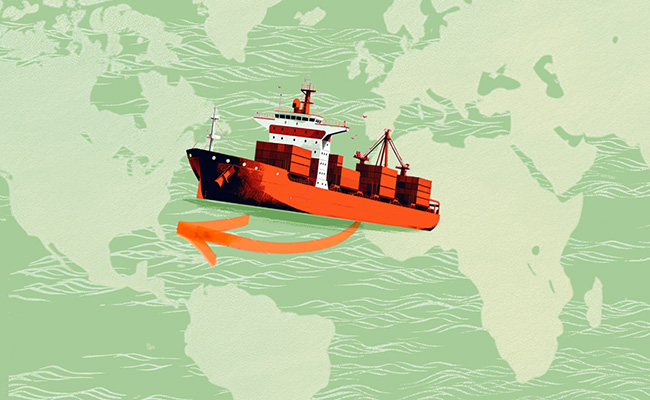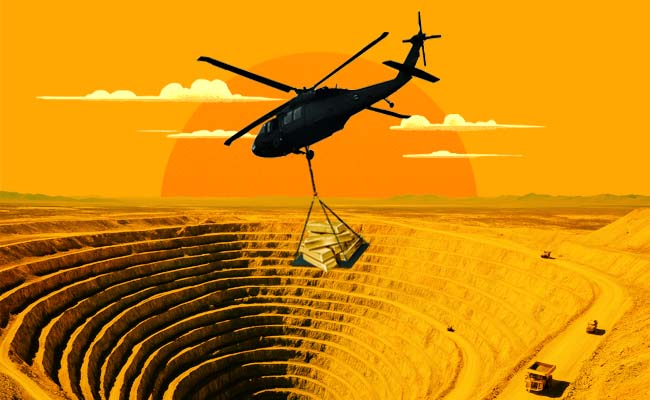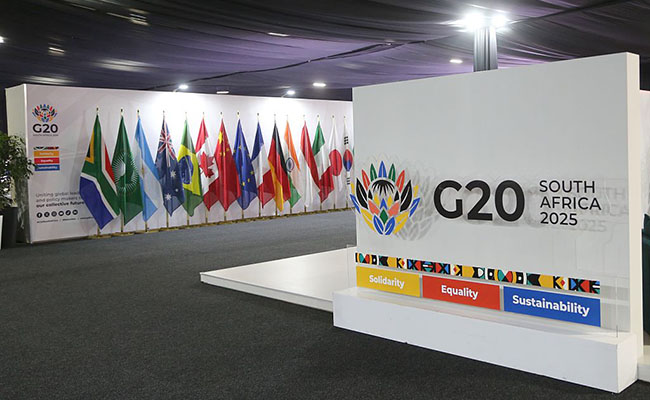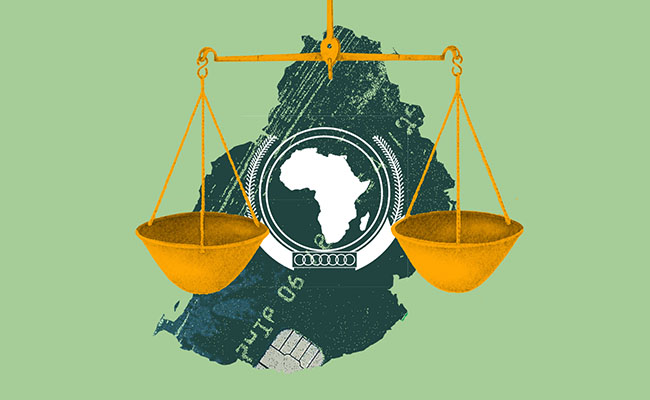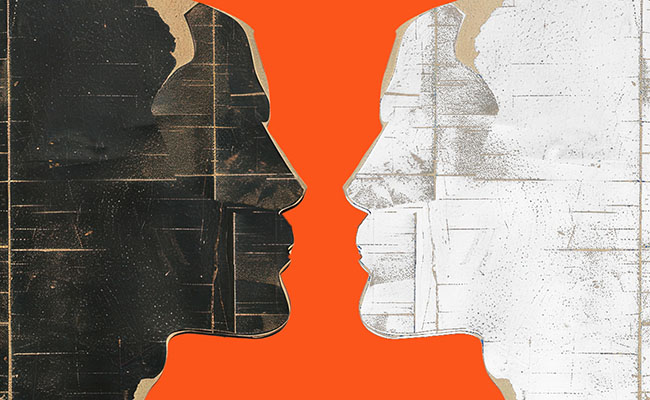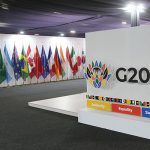Of the 14 countries US President Donald Trump sent out letters to this week, only two were African: South Africa and Tunisia. But countries on the continent are absorbed by the risks involved in the new tariff wars, and are adopting a new strategy to counteract them: face-to-face meetings.
Trump met the leaders of Gabon, Guinea-Bissau, Liberia, Mauritania and Senegal on Wednesday, while the leaders of the Democratic Republic Congo (DRC) and Rwanda, which signed an American-brokered peace deal in June, may also soon visit. And a much bigger summit involving dozens of African leaders is planned for September, as a follow-up to the meeting then president Joe Biden held in December 2022, which drew 40 African leaders.
All of this is happening, ironically, against the background of some pointedly anti-African policy changes, notably the closure of the US Agency for International Development, which spent 40% of its budget on Sub-Saharan Africa. In addition, of the 19 countries subject to Trump’s latest travel ban, 10 are African, and restrictions against others have been harsh.
From a tariff point of view, the September meeting will be particularly significant, because the African Growth and Opportunity Act (Agoa), which granted duty-free access to the American market for African exporters, expires on September 30.
How this will play out is currently not clear, but in the meantime, the focus is likely to be on minerals and mining, particularly as US trade with Africa is now a quarter of Africa’s trade with China, despite being more or less on a par a decade ago.
Donald MacKay, CEO of XA Global Trade Advisors, says in some senses, Africa is in the fortunate position in this instance of not producing manufactured goods, which is what Trump cares about most. Much of African trade is still primarily about “rocks on ships”, MacKay says, though some countries which sell clothing into the US, like Lesotho and Eswatini, are likely to be hit hard.
This focus on mineral exports is partly a consequence of a new global scramble for Africa’s minerals, particularly after China demonstrated the utility of cornering a minerals market in its trade negotiations with the US. About 69%-70% of the world’s rare earth oxide production comes from China today and the country also controls approximately 90% of the global processing and refining of rare earths – far outpacing other countries. The threat of sanctioning these exports was a major factor in the consummation of a temporary trade deal with the US.
Copper concerns
However, it’s not all good news on this front for African mineral producers. One metal that has featured in tariff talks so far has been copper, and the White House publicly announced the imposition of a 50% tariff on imported copper this week.
Even though market reaction to the new tariff proposals in general was muted, the copper price was the exception: the response of the US copper futures market was dramatic and Comex copper futures soared more than 12% to record highs.
The US gets most of its copper from Chile and Canada, but several African countries are noteworthy contributors, including the DRC and Zambia. The US imports 890,000 tons of copper, a key component in electric vehicles (EVs), military equipment and electronics, about half of its total requirements.
These import taxes will arrive after similar duties on aluminium and steel, threatening to add new costs to key inputs for the US economy. Trump is increasing the tariffs in an effort to revitalise US mining, smelting and refining operations essential for military, infrastructure, EVs and renewable projects.
The Economist reports that the US now sees its priority in Africa as business. “We no longer see Africa as a continent in need of handouts, but as a capable commercial partner,” Troy Fitrell, the outgoing senior official for Africa in the state department, told the magazine. The goal is “to increase US exports and investment in Africa, eliminate our trade deficits and drive mutual prosperity”. If more business for America means less business for China, all the better, he said.
Top image: Rawpixel/Currency collage.
Sign up to Currency’s weekly newsletters to receive your own bulletin of weekday news and weekend treats. Register here.



